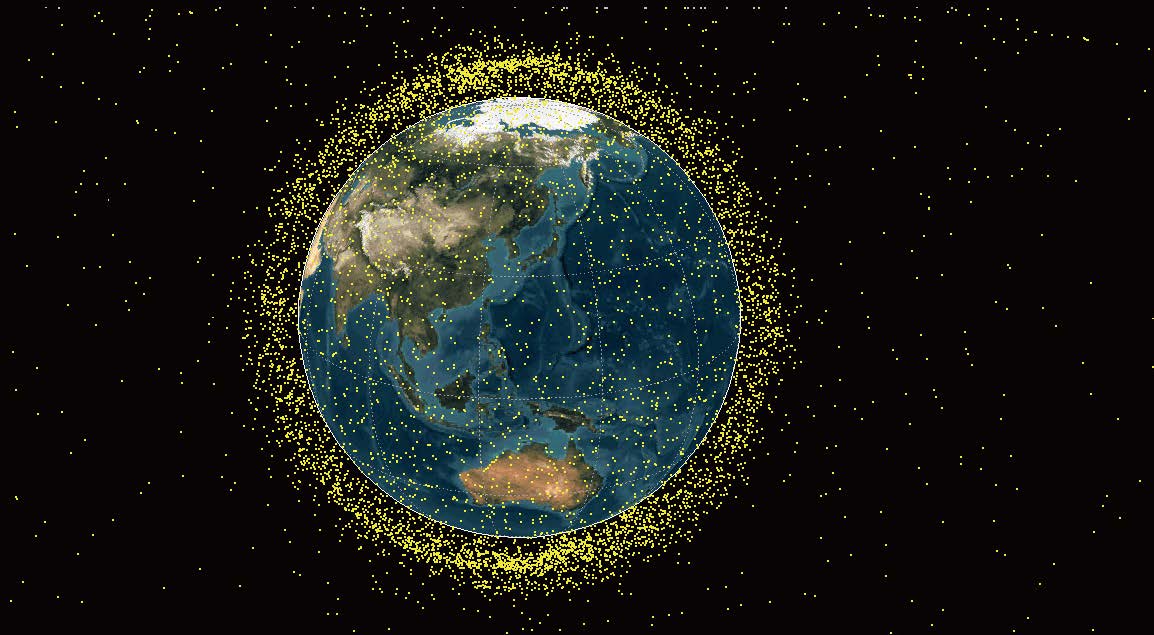Space Tracking and Communications Center
Tackling the Space Debris Problem through Observation and Analysis
Renovating the SSA System for Monitoring Space Conditions
The Space Tracking and Communications Center has been stepping up its efforts to address the increasingly serious problem of space debris. WATANABE Masato and UEMOTO Arimi discussed the details.
“Space debris consists of unwanted man-made objects flying around the Earth, such as end-of-life satellites and used rockets. This debris, which continues to increase as space exploration becomes more active, is considered a problem because of the danger of it colliding with satellites,” said Watanabe.
Reflecting on the debris countermeasures taken heretofore, Uemoto continued, “Our center has been working on Space Situational Awareness (SSA), including debris trajectory prediction, proximity analysis, collision avoidance, and atmospheric re-entry prediction.”

Since 2016, the center has also been renovating its sensor (radar and telescope) facilities that can observe smaller debris, and developing a new analysis system called SAKURA that will serve as the command center for these facilities as well as the entire system. The SSA system went into operation in March 2023.
“SAKURA can operate 24 hours a day while acting as a command post to run the sensors and automatically process and make decisions on various types of information. This allows us to take faster and more effective debris countermeasures,” noted Watanabe. Uemoto added, “Proximity analysis is used to analyze the risk of debris approaching JAXA's satellites and notify the satellite project. In doing so, the system can also automatically suggest ways to avoid collisions. When it comes to reentry analysis, SAKURA's strength lies in its ability to gather a high level of information and anticipate the fall of objects to Earth, including analyses of the timing and location of their fall.”
Watanabe also mentioned that the center began working with the national government in the course of this revamping.
“The Ministry of Defense is taking the lead in establishing a national SSA system, and JAXA began collaborating with the ministry to provide debris observation data and make other technical contributions. This will enable the Ministry of Defense to obtain orbital data on debris that previously had to be requested from the US, and should speed up the decision-making process when approaching debris.”
JAXA's new SSA system is currently in operation, albeit with adjustments and improvements being made as needed.
“We will continue striving for stable operation and further improvement of our observation and analysis techniques to ensure the safety of future space exploration.”
Click here to visit the website of the Space Tracking and Communications Center, which is working on SSA:
Profile

WATANABE Masato
Researcher
Flight Dynamics Team
Space Tracking and Communications Center

UEMOTO Arimi
Researcher
Flight Dynamics Team
Space Tracking and Communications Center
All the images are copyrighted ©JAXA unless otherwise noticed.
- Home>
- Global Activity>
- Public Relations>
- JAXA’s>
- JAXA's No.92>
- Renovating the SSA System for Monitoring Space Conditions to Tackle the Space Debris Problem through Observation and Analysis